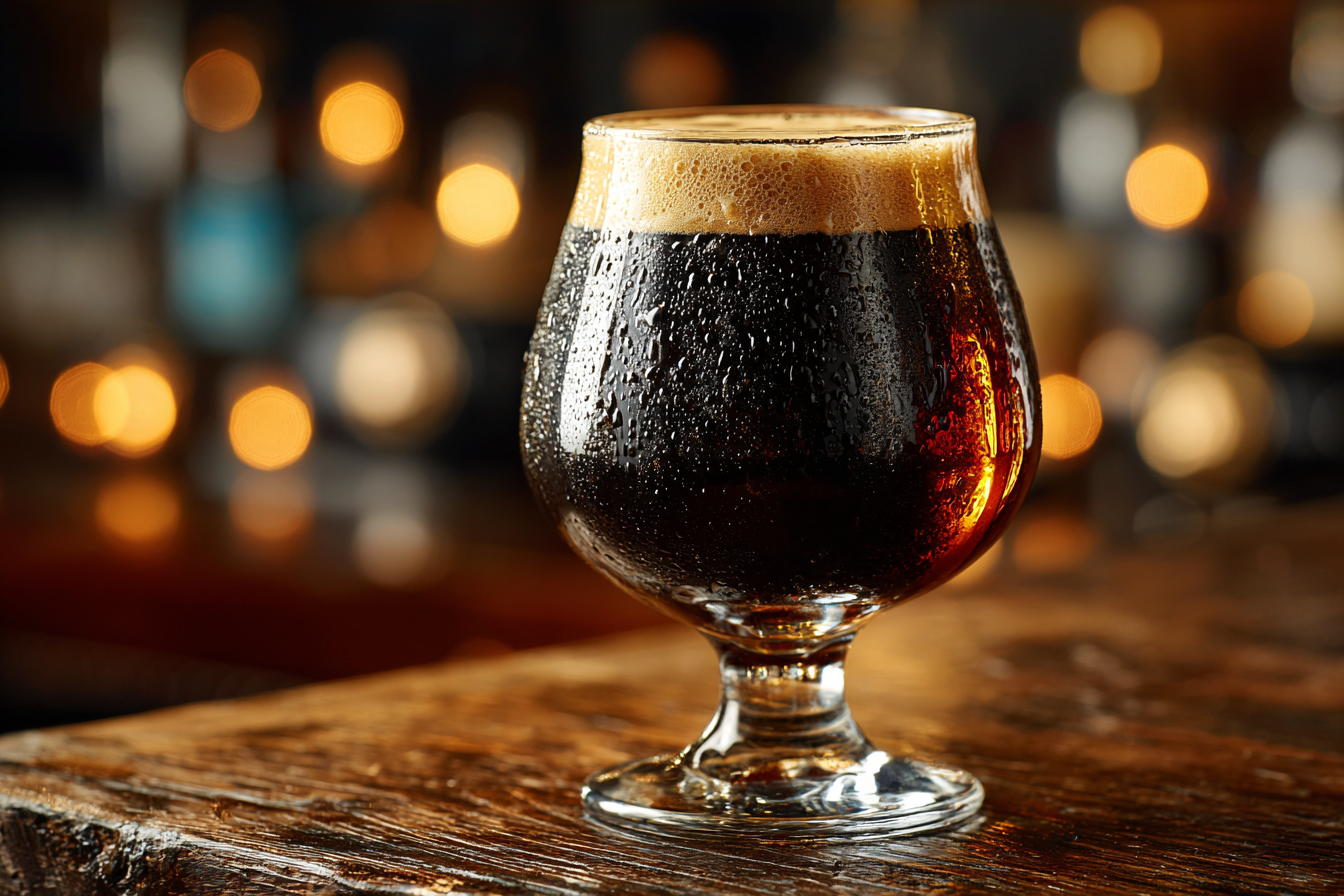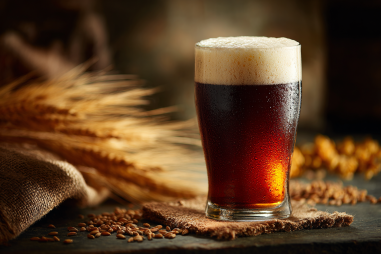Foreign Export Stout is a robust, flavorful beer style that has captivated beer lovers worldwide with its rich maltiness, complex layers of roasted flavors, and remarkable depth. To truly appreciate all its nuances, serving and storing this stout properly is essential. Whether you’re a seasoned stout enthusiast or new to the style, understanding the best practices for serving temperature, glassware, pouring technique, and storage will elevate your drinking experience to new heights.
Serving Foreign Export Stout: The Basics
Foreign Export Stout is a heavier, darker beer with a high ABV, usually ranging between 7% and 12%, which demands special attention when it comes to serving. Unlike lighter beers that are best enjoyed cold, this stout benefits from slightly warmer temperatures that allow its full spectrum of flavors and aromas to shine. Serving it properly highlights its distinctive notes of chocolate, coffee, dark fruit, and caramel, creating a truly indulgent experience.
Ideal Serving Temperature and Glassware
Temperature plays a significant role in how you perceive the flavors and aromas of Foreign Export Stout. Serving this beer too cold can mute its complexity, while serving it too warm can make the alcohol feel overpowering. The ideal serving temperature for Foreign Export Stout is between 50°F and 55°F (10°C to 13°C). This range softens the alcohol bite and allows the malty sweetness and roasted elements to be more pronounced.
When it comes to glassware, selecting the right vessel enhances the overall tasting experience. The best choices are glasses that concentrate and enhance the stout’s aromas:
- Tulip Glass: With a narrow top and wide bowl, the tulip glass captures the complex aromas and directs them toward your nose while providing enough room for a thick, creamy head.
- Snifter: Much like the tulip, the snifter is designed for high-ABV beers and stronger spirits, concentrating aromas exceptionally well.
- Nonic Pint Glass: A classic choice for many stouts, the wider opening allows for easy sipping but might not capture aromas as well as the tulip or snifter.
Pouring Techniques to Retain Head and Aromas
Pouring Foreign Export Stout correctly helps lock in the beer’s complex aroma and creates an appealing, creamy head. Follow these steps for the best pour:
- Start with a tilted glass: Hold your glass at about a 45-degree angle to reduce agitation and prevent excess foam.
- Pour gently: Gradually pour the stout down the side of the glass. This minimizes the release of carbonation and preserves the beer’s subtle flavors.
- Straighten the glass midway: When the glass is about half full, slowly bring it upright and pour gently into the center to build a thick, creamy head that’s about 1 to 1.5 inches.
The creamy head traps volatile aroma compounds and enriches the drinking experience with luscious mouthfeel and depth. Avoid pouring too aggressively as it can diminish carbonation and cause excessive foam loss.
Storage Conditions for Bottles and Kegs
Proper storage is key to maintaining the freshness and flavor integrity of Foreign Export Stout. Both bottled and kegged versions can age well, but optimal conditions help preserve their best qualities.
- Temperature: Store your stout in a cool, dark place between 50°F and 55°F (10°C to 13°C). Avoid refrigerators if you want to enjoy the stout’s full flavor potential, unless you plan to chill it briefly before serving.
- Light Exposure: Stouts are sensitive to UV light, which can cause “skunking” – an unpleasant off-flavor. Keep bottles or kegs away from direct sunlight or bright artificial light.
- Position: Store bottles upright to minimize oxygen exposure through the cap and keep sediment at the bottom, reducing cloudiness in your glass.
- Humidity: Aim for moderate humidity to prevent corks from drying out if your stout uses corked bottles.
Shelf Life and Aging Potential
One of the exciting aspects of Foreign Export Stout is its incredible aging potential. Due to its high alcohol content and robust malt foundation, this style can develop beautifully complex flavors over time. When stored under proper conditions, many Foreign Export Stouts can age gracefully for several years, often improving with time.
During aging, you may notice the beer’s flavors mellowing, with more pronounced notes of dark fruits, tobacco, leather, and earthy complexity emerging. That said, aging isn’t always better if you prefer the fresher, roast-forward characteristics; in that case, consume your stout within 6 to 12 months of purchase.
Common Mistakes to Avoid
To ensure you get the most out of your Foreign Export Stout, avoid these common pitfalls:
- Serving too cold: Refrigerating stouts too long or serving straight from the fridge can mask flavors and aromas.
- Poor glass choice: Using wide or shallow glasses that don’t capture aromas diminishes the sensory experience.
- Rough pouring: Excess foam reduces carbonation and loses aroma, while too aggressive pouring wastes the creamy head.
- Incorrect storage: Exposure to heat, light, or fluctuating temperatures accelerates staling and off-flavors.
- Aging without care: Failing to store bottles upright or in consistent conditions can negatively impact quality over time.
Enhancing Flavor Through Proper Serving
The right serving and storage techniques don’t just preserve the stout’s quality — they actively enhance its flavor richness and depth.
- Warming slightly after pulling from cold storage helps volatile aromas bloom.
- Using aroma-enhancing glassware concentrates the intricate scents of malt, roasted barley, and dark fruits.
- Developing a thick head adds a luscious texture and traps aromatic compounds right above the beer’s surface.
- Taking slow sips gives time for the complex layers of flavor — from bittersweet chocolate to smoky undertones — to reveal themselves fully.
If you want to take your tasting experience up a notch, consider pairing your Foreign Export Stout with complementary foods like sharp cheddar, blue cheeses, dark chocolate, smoked meats, or roasted nuts to highlight and balance the beer’s bold profile.
Enjoying Your Stout the Right Way
Proper serving and storage of Foreign Export Stout transform every sip into a celebration of craftsmanship and flavor complexity. By paying attention to temperature, glassware, pouring technique, and storage environment, you unlock the full character of this remarkable beer style.
So next time you reach for a bottle or tap a keg of Foreign Export Stout, remember these tips to savor its rich malt backbone, luscious textures, and nuanced aromas at their absolute best. Here’s to raising your glass and experiencing your stout just as it was meant to be enjoyed — full of robust flavor and deep satisfaction.







